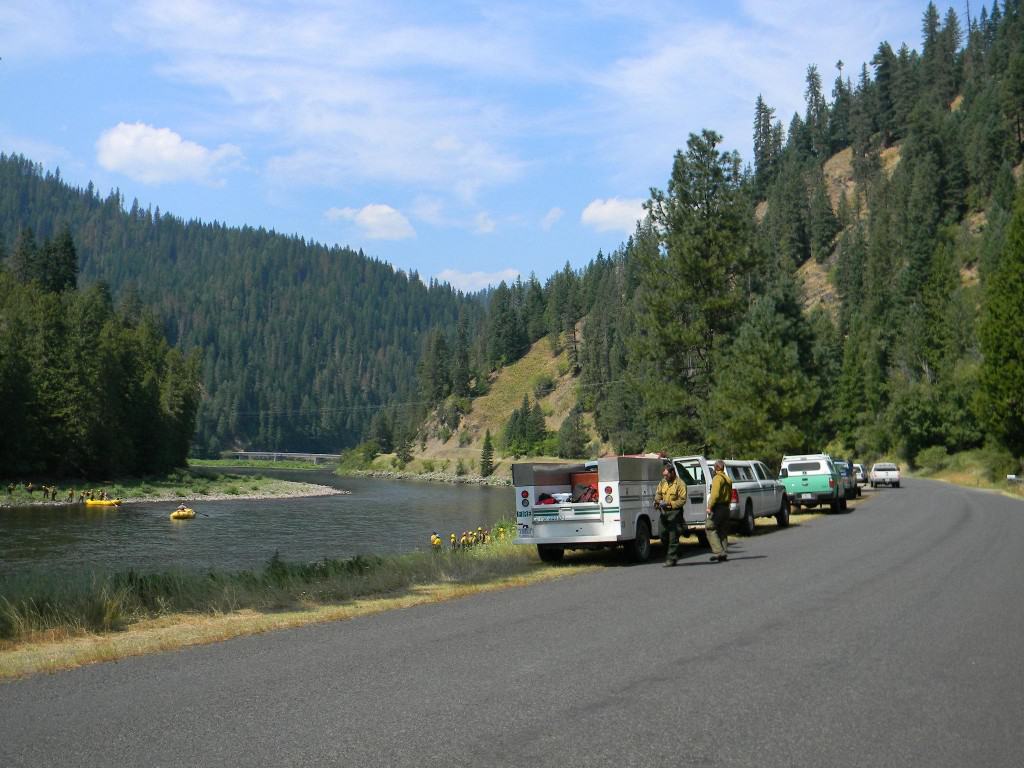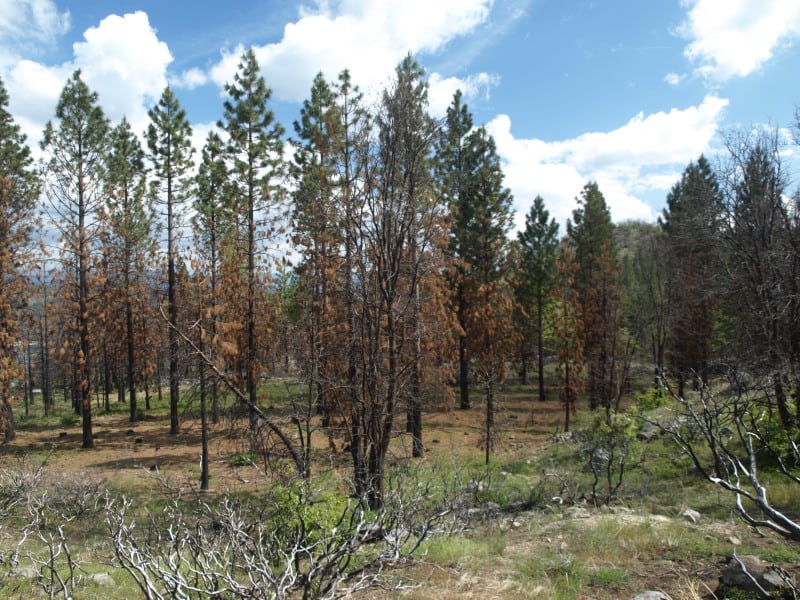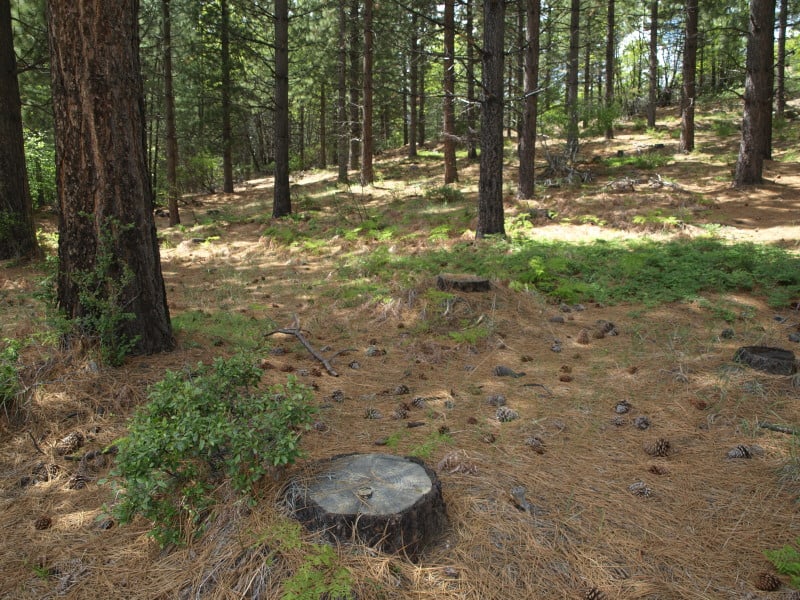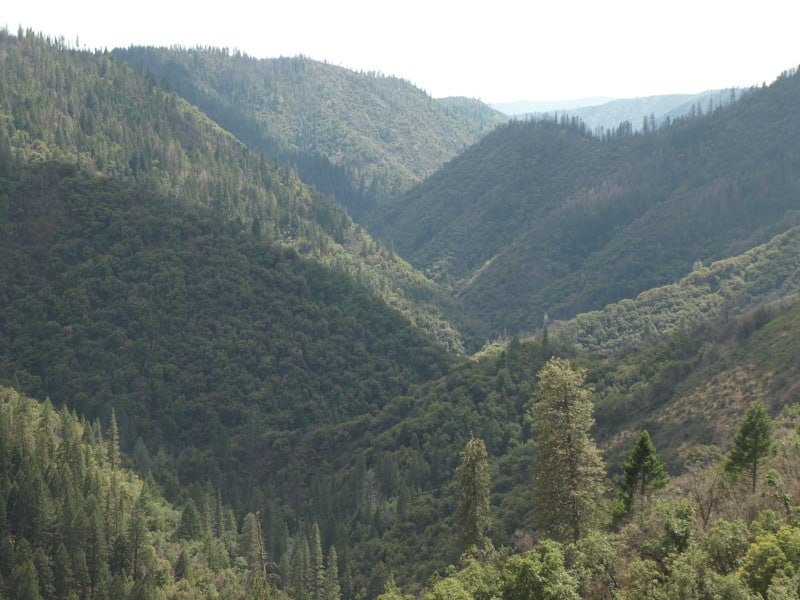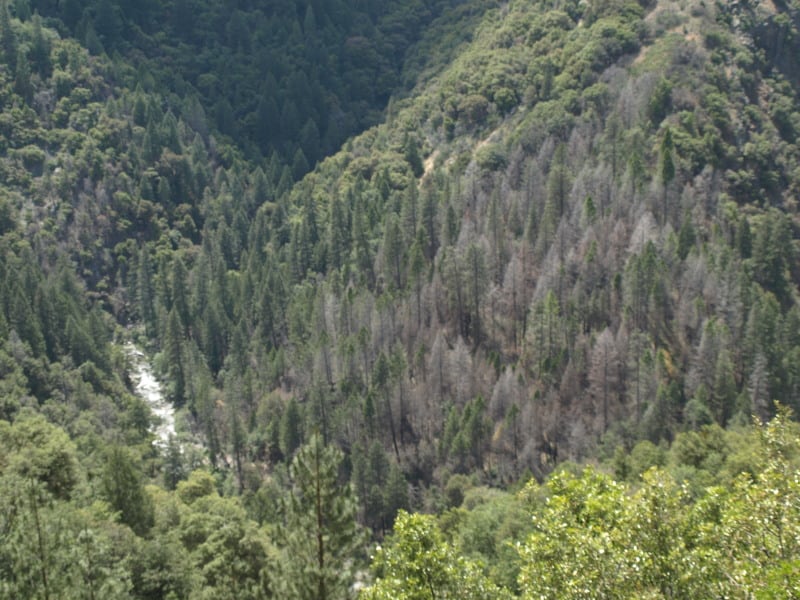 I’ve been remiss at keeping up with some things.. One is moving things from the “new topics” tab to this area, so that more people can see them and weigh in. So here’s this one:
I’ve been remiss at keeping up with some things.. One is moving things from the “new topics” tab to this area, so that more people can see them and weigh in. So here’s this one:
Laura Jackson asked:
“I would just really like to know, if anyone capable can honestly say, why the USDA Forest Service settles in some natural resources-oriented litigation when they have a chance to really prevail. Perhaps it is to save taxpayer money, which is a good, sound reason. Or perhaps, plaintiff’s know that more losses will be damaging to their cause…so they try to settle, and generally succeed due to the USFS wanting to save time and costs. The savings to the Public is the only valid reason I can think of to settle. But perhaps those who participate more regularly in this blog- those with a smidge more legal expertise- can enlighten me and other readers. No case or cause in particular, just an observation of late. Thanks!”
Larry said:
I’m sure that one of our legal experts can verify this but, it seems like the Forest Service reaches a settlement only when they have already lost in court. I also think that a winning litigant could decide not to enter into settlement proceedings, preferring the court to decide what the Agency can, and cannot do, under the decision. I’ve seen the Forest Service have to pay undocumented legal fees for the Plaintiff, too, in those settlements. I’d like to see FULL transparency in such matters, myself.”
Jon Habersaid:
““They” is the Department of Justice. They settle when they become convinced they are likely to lose. That may be obvious at the outset from the complaint, and they tell the FS to withdraw the decision. It may happen after a preliminary injunction goes against them, which often tips a judge’s hand. Sometimes it is after a court decision to agree on the relief, rather than risk what a court would decide. Or anywhere in between. Cost (and resources) is a consideration in how much risk they are willing to take and how long they stay in the game. And you can’t rule out politics and changing administrations as being a factor in some cases.”
Laura said:
Thanks Larry and John – I should have been clearer. I was mostly referring to instances where the Forest Service (or other Government agency) had already prevailed in a lower District court (e.g., not had any injunctions issued/already been granted summary judgment) but was still waiting for an appellate court to hear Plaintiff’s appeal of the lower Court’s ruling and issue an opinion. I’m guessing that Plaintiff and the Government choose/chose to settle in those instances to save time/taxpayer funds…or perhaps the issues the Government is being ‘sued’ over are no longer viewed as worthwhile arguments by the Plaintiff(s), and they don’t want to waste their own time or contributor funds. Or perhaps they don’t want the potential case law that could result. Regardless, it seems like the agency(ies)/DOJ would be better served to not settle and to allow the follow-through to occur at the appellate court level. Again, thank you for the feedback…”
Sharon says: I think there must be an incentive for settling (closing a case) other than simply crossing it off the list, but since everyone is busy, maybe that is enough incentive. Because lawyers like to settle, and the idea of settling seems to have its own momentum. Going court takes a lot of time and effort. This is a very rational approach from the bureaucratic perspective
I have seen very silly settlements (IMHO) e.g., “we’ll do more NEPA next time.” My opinion is that lawyers and a couple of others on a conference call is not a good way to make public policy. It seems pretty ironic when a small group decides something when the law is all about the public being involved in decisions.
Sometimes DOJ works with the forest to settle a case, but the route they take makes bad case law for everyone else. This sometimes happen because folks from the Regional Office or the Washington Office who are in that program (say recreation or timber) are not invited to the calls that help decide what happens. Sometimes it’s because they aren’t listening to those voices. Sometimes it’s because of differing views of risk among DOJ, OGC, the forest, and everyone else who has the same program. For example, forest “A” does a mildly questionable job of doing “x”, say 30 pages of analysis. Plaintiff will settle if forest “A” does 100 pages. However, they can settle for doing more work than everyone else does, But since no one in the room (or on the conference call) knows what everyone else does, it is apparently easy to ignore in the rush to settlement. In this example, prior to this case, everyone else was doing 50 and it was fine. So effectively the policy is changed (everyone must now do 100 because of this settlement) without analysis of the impacts (ironically?).
Anyway, that’s just one experience. You might also look at this post on what Chief Jack Ward Thomas said about settlements. I think things probably work the same way now.

